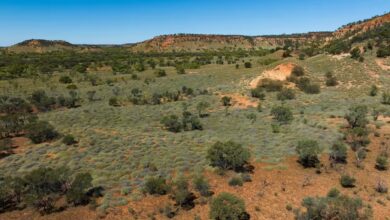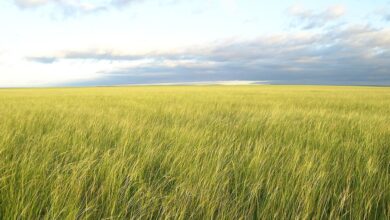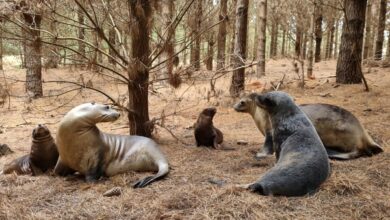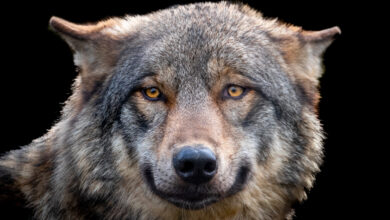
Richard Woods’ young peregrine falcon basks in the morning sun on Aug. 18, 2023, at his home in Independence. Woods, who hunts with his falcons, is the first person to breed a peregrine falcon in Iowa and he was involved in the reintroduction efforts. Photo Credit: Geoff Stellfox/The Gazette
Animals USATurns Out, Falconry Helps Boost the Bird of Prey’s Population!
Populations of peregrine falcons are on the rise across the United States thanks to the combined efforts of seasoned falconers and biologists who took part in breeding programs to help the bird of prey thrive in the wild.
“The falconry community was actually really key,” says Anna Buckardt Thomas, an Iowa Department of Natural Resources (DNR) avian ecologist. “It was really a big effort by falconers and biologists combined to be able to have the population that we’re up to today.”
In the 1940s, the popular pesticide DDT – or Dichloro-diphenyl-trichloroethane – was invented, wreaking havoc within the peregrine falcon population as it would diminish bird fertility and fragilize eggs, leading to an almost eradication of the species across North America. The falcon was put on the endangered list under the Endangered Species Act adopted in 1973. Falconry practices needed to be implemented to reintroduce the raptor in the wild. A federal and state permitting system was eventually put in place to allow falconers to capture young peregrine falcons and other raptors and raise them for falconry, as the sport is part of the solution to save the endangered species. As soon as falcons appeared ready to hunt on their own, they were released in the wild. Since 1974, more than 6,000 American peregrine falcons have been released in North America. “The population actually is quite robust, which is just great news,” states Amy Ries of the Decorah-based Raptor Resource Project.



